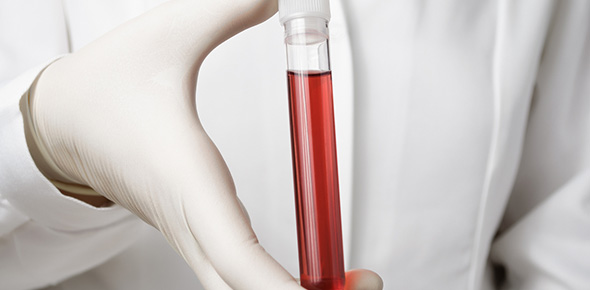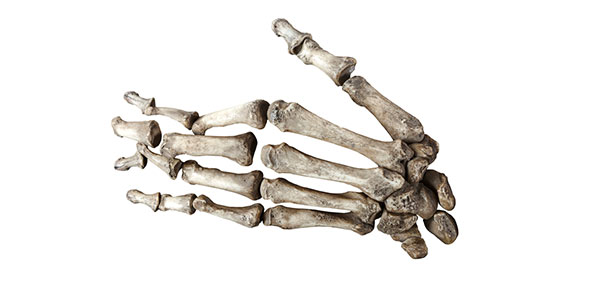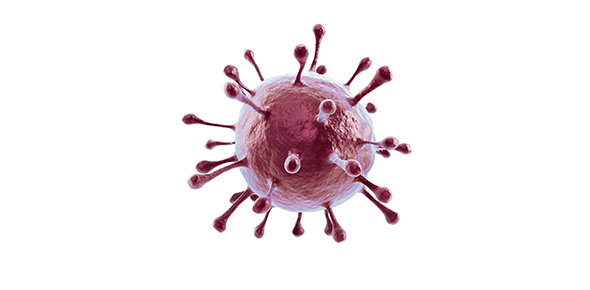Related Flashcards
Related Topics
Cards In This Set
| Front | Back |
|
The branch of science that studies the structures of the human body that are visible to the naked eye is called:
|
anatomy
Anatomy is also defined as the science of the structure of organisms or of their parts. |
|
The structure that encloses living plant and animal cells is called the:
|
cell membrane
The cell membrane or cell wall also permits soluble substances to enter and leave the cell. |
|
All living cells are composed of a substance known as:
|
protoplasm
Protoplasm is a colorless, jellylike substance that the cells of all living things are made of. |
|
The cell structure that contains food materials for cell growth and self-repair is the:
|
cytoplasm
The cytoplasm contains food material necessary for growth, reproduction, and self-repair of the cell. |
|
The phase of metabolism in which larger molecules are built from smaller ones is called:
|
anabolism
During anabolism, the body stores water, food, and oxygen for the time when these substances will be needed for cell growth and repair. |
|
Tissues are made up of ________ that perform a specific function.
|
cells
Tissues are a group of cells that perform a specific function. |
|
Examples of ________ include the brain and spinal cord.
|
nerve tissue
Nerve tissue is composed of special cells known as neurons, which make up the nerves, brain, and spinal cord. |
|
The protective covering on body surfaces is a type of tissue called:
|
epithelial tissue
Skin, mucous membranes, and the lining of the heart, digestive and respiratory organs, and glands are examples of epithelial tissue. |
|
Body structures such as the heart, lungs, kidneys, stomach, and intestines are called:
|
organs
Organs are groups of tissues designed to accomplish a specific function. |
|
Organs that make up the circulatory system include:
|
heart and blood vessels
The heart and blood vessels control the circulation of the blood through the body. |
|
The physical foundation of the body is the:
|
skeletal system
The skeletal system is the physical foundation or framework of the body. It serves as a means of protection, support, and movement. |
|
The science that studies bones and their anatomy, structure, and functions is:
|
osteology
Os is the technical term for bone. The word osteology is derived from os. |
|
The brain is protected by the portion of the skull called the:
|
cranium
The cranium is the oval, bony case that protects the brain. |
|
Bones serve many important functions, including:
|
producing red and white blood cells
One of the functions of bone marrow is to help produce both white and red blood cells. |
|
The sides and crown (top) of the cranium are formed by two bones called the:
|
parietal bones
The parietal bones are between the frontal and occipital bones. |







